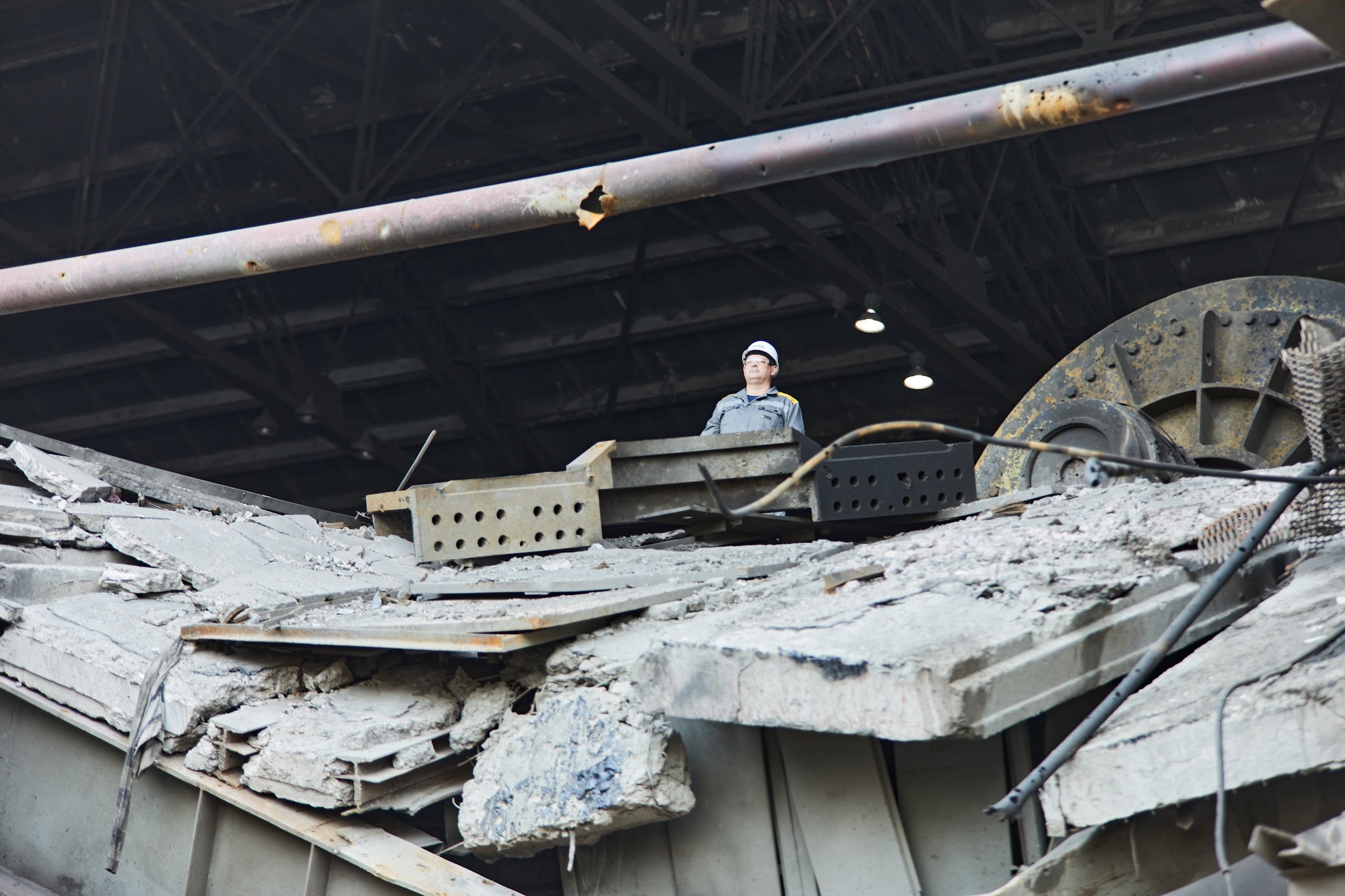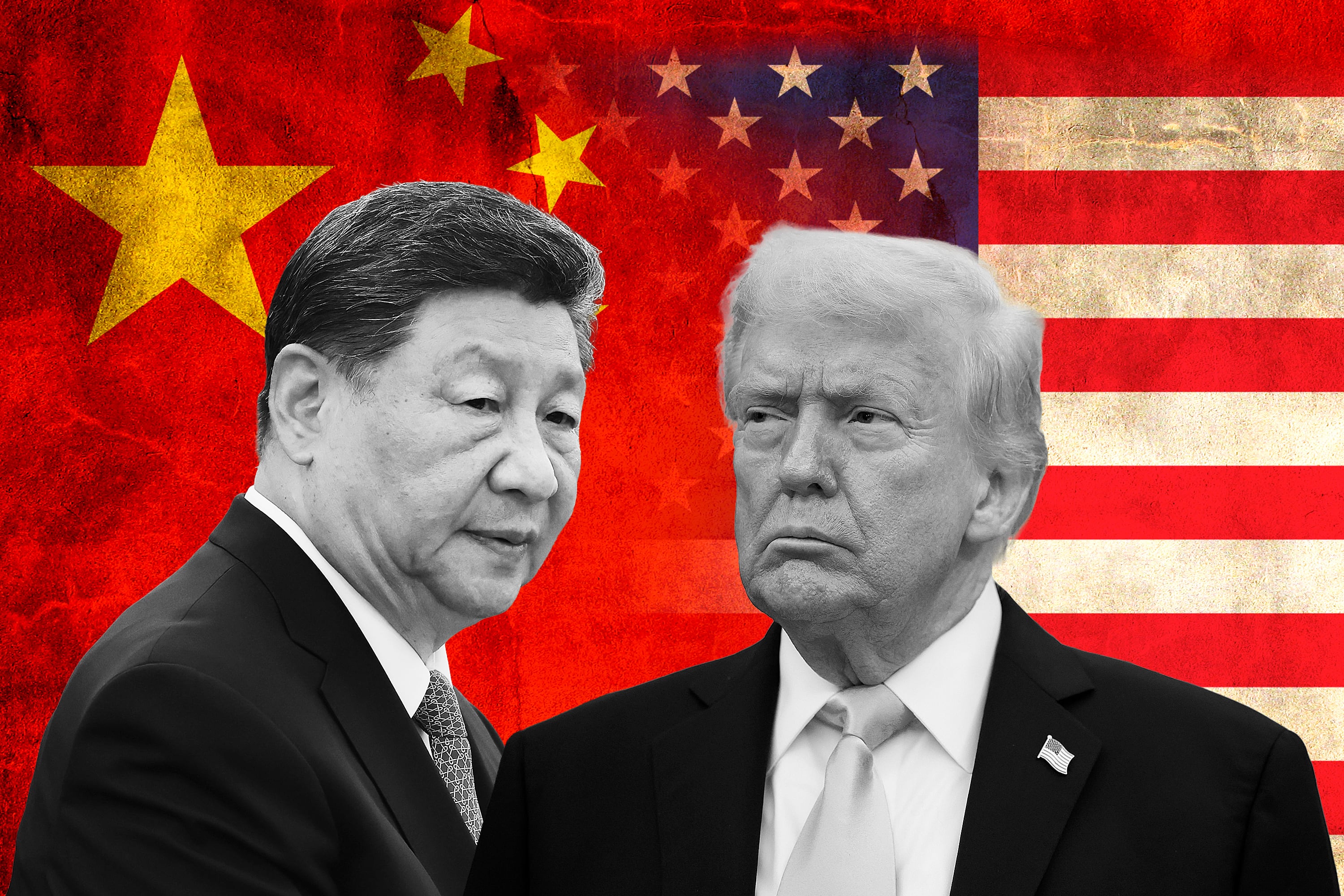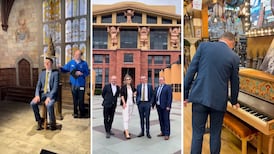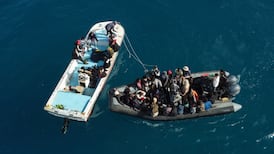Tens of thousands of people packed into St. Peter’s Square on Sunday for the canonisation ceremony of Carlo Acutis and Pier Giorgio Frassati.
The two Italians, who died young, have inspired millions worldwide with their faith.
Lengthy applause filled the square when Pope Leo XIV pronounced them saints during a Mass. These were the first saints declared by the new pope.
Carlo, the first millennial saint, has become especially well known, and the Catholic Church is hoping his fame will encourage more young people to be active in the church. Because of his use of digital technology to spread the faith – including developing a website on which he listed miracles – he has been nicknamed “God’s influencer”.
READ MORE
In his homily, Pope Leo praised the two young men who “cultivated their love for God and for their brothers and sisters through simple acts, available to everyone,” like prayer and going to Mass.
He added that the two were “an invitation to all of us, especially young people, not to squander our lives, but to direct them upward and make them masterpieces”.
Some 60,000 people were present at the beginning of the celebration, but the number increased by a further 20,000 during the ceremony, according to the Vatican. Many were young and came with scout or parish youth groups. Throughout the square, people raised banners with the faces of the two saints or wore T-shirts with their images.
Carlo is buried in Assisi, and pilgrims from around the world have flocked there in recent years, according to the Rev. Domenico Sorrentino, Assisi’s bishop. He was present at the ceremony Sunday along with many other Catholics from the town.


Antonia Salzano, Carlo’s mother, has described her son as a something of an antidote to “the dark side” of technology – threats posed by online pornography or by addiction to phones.
“It’s really difficult, but there are seeds of hope,” she said, that “Jesus always, each time, will give us the right saint for each time.” Speaking a few days ago at the screening of a film about her son, she added, “Carlo is for this time.”
Pope John Paul II beatified Frassati, the penultimate step to sainthood, in 1990 after the Vatican deemed the healing of a person in the United States to be a miracle attributed to his intercession. Pope Francis recognised a second miracle in 2024, opening the way to Frassati’s canonisation.
Carlo was beatified in 2020. The Vatican has declared two healings to be miracles and attributed them to Carlo’s intercession.
One involved an ill child in Brazil who was said to become well after he kissed a relic of Carlo and prayed for healing. The second involved a young Costa Rican woman seriously injured in a bicycle accident in Florence, Italy, who recovered after her mother prayed at Carlo’s tomb in Assisi.
Many people in the crowd Sunday held flags from Brazil and Costa Rica.
Frassati and Carlo lived a century apart. Frassati was an enthusiastic member of Italian Catholic youth movements and an avid mountain climber. Carlo, born in London and raised in Italy, was a computer whizz who taught himself coding.

Both volunteered and assisted the poor, and both died within days of being diagnosed with a severe illness. Frassati died of polio in 1925, when he was 24. Carlo died of leukaemia in 2006, when he was 15.
In both cases, word of their goodness and faith spread quickly and grew globally. There are churches and schools dedicated to both in countries around the world.
Rachel McCleary, an economics lecturer at Harvard University who studies sainthood, calculated that from 1588 to 1978, the year John Paul II became pope, an average of 262 years passed between death and canonisation. Under the past three popes, however, that period has been more than halved. In the case of Frassati, a century passed; with Carlo, a mere 19 years went by, a meteoric rise helped in part by the spread of his popularity on the internet.
This article originally appeared in The New York Times.
2025 The New York Times Company













